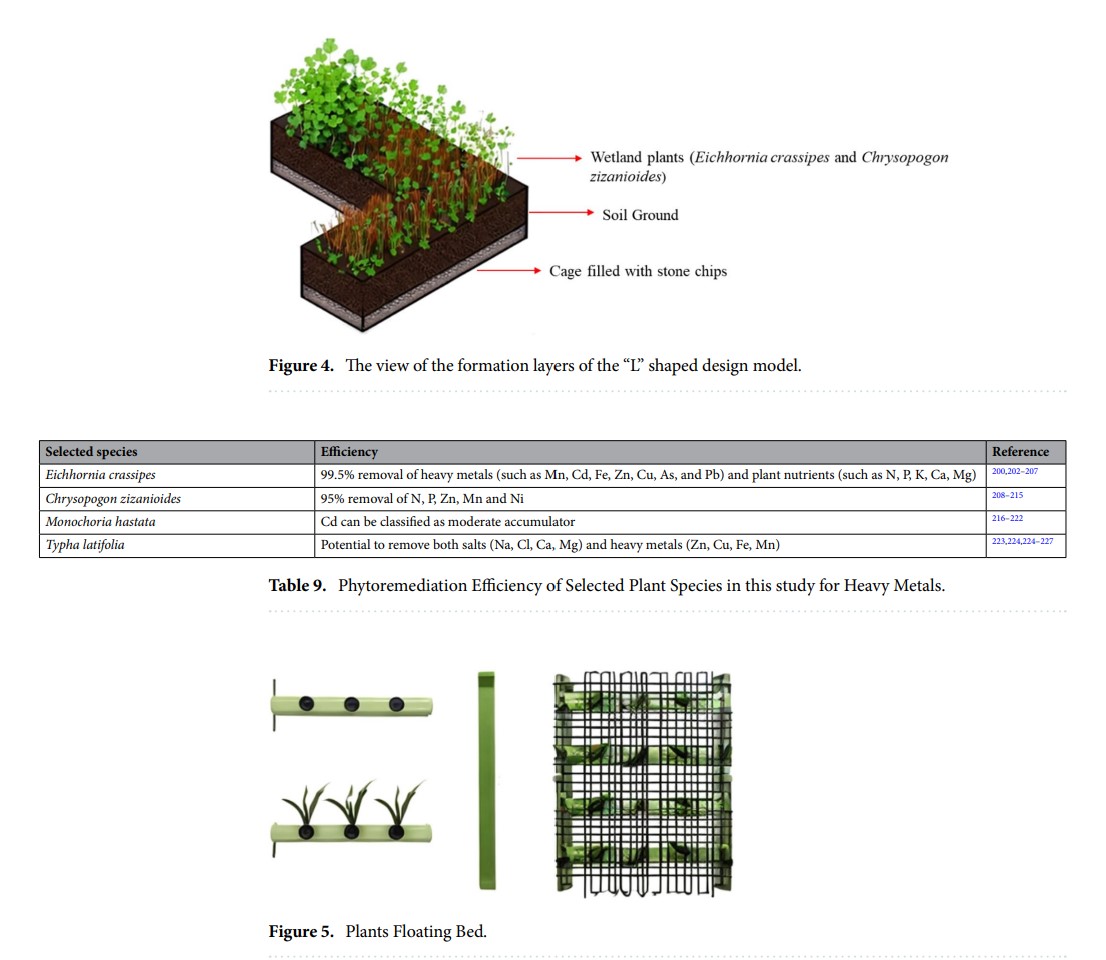
Rivers play a crucial role in providing water for essential daily activities like drinking, bathing, and washing besides industrial and agricultural needs. However, many of them get loaded with substantial amounts of waste from industries, domestic sewage, and agriculture, rendering rivers unsuitable for human use.
River Danro in Garhwa, Jharkhand, India is an important source of surface water and a crucial tributary of the North Koel River, ultimately joining the Ganga River Basin.
However, the river quality has declined significantly over the years due to non-point source pollution originating from agricultural activities and the release of domestic and industrial sewage informs this study titled 'Assessing heavy metal and physiochemical pollution load of Danro River and its management using floating bed remediation' in Nature Scientific Reports. Belchampa Ghat, situated along the riverbanks, is exposed to widespread illegal sand mining, leading to severe environmental consequences.
Microlevel analysis identifying local factors influencing water quality of the river crucial
Despite the Indian government’s initiation of various programs and action plans involving substantial financial investments to mitigate pollution levels in the Ganges and its tributaries, positive outcomes remain elusive. While the Ganges Action Plan (GAP), launched in 1986 was discontinued in 2000, the Namami Gange was able to achieve limited success even after five years. This calls for the pressing need to conduct micro-level analyses, identifying local factors influencing water quality.
The study aimed at evaluating the water quality of the Danro river at selected locations along its flow.
The study found that:
- Physicochemical parameters including water temperature, pH, electrical conductivity, turbidity, dissolved oxygen, biochemical oxygen demand, and others, exhibited notable variations between non-monsoon and monsoon seasons.
- Elevated levels of calcium, magnesium, sodium, and potassium indicated pollution from sewage and agricultural runoff, impacting the river’s overall water quality.
- Heavy metal concentrations revealed concerning levels of aluminium exceeding BIS guidelines at all the sites. While heavy metals such as copper, chromium, zinc, manganese, boron, lead, and nickel were within permissible limits, arsenic and cadmium surpassed guidelines at certain sites. Iron concentrations too exceeded limits at selected sites, emphasising potential sources of contamination.
- The Heavy Metal Pollution Index (HPI) indicated significant contamination, attributed to industrial wastewater, domestic sewage, landfill leachate, and agricultural runoffs. Land use changes, primarily due to deforestation, construction, and cultivation, correlated with water quality deterioration. Anthropogenic activities during the monsoon season exacerbated water pollution, with high-flow conditions contributing to non-point source pollutants.

The study highlights the weaknesses in the current assessment methods for water contamination, which limits efforts made at cleaning up and controlling contamination and converting them into actual action. It argues for the need for future research on developing new in-place remediation techniques to focus on creating better ways to measure how effective the cleanup is.
Practical suggestions to aid in the implementation of water quality assessments
The study makes some practical suggestions to aid in the implementation of water quality assessments at the ground level in real time situations:
- Develop clear standards for analysing pollutants and assess the ecological effects of contamination, and for both water quality and remediation techniques.
- Create a comprehensive assessment system that uses established standards.
- Design specific assessment methods for cleaning up contaminated water on-site which consider the type of pollutant being addressed and what the cleaned-up water will be used for.
- Investigate how assessment methods, water treatment technologies, and cost factors work together in real world settings.
- Develop better ways to measure natural background levels of heavy metals in different areas to help in accuracy of index calculations, leading to more precise assessments of pollution and risk for each location.
- Continuously research and update standards, regulations, and toxicity values for heavy metals.
- Focus on creating new, multi-purpose indexes that can look at assessing the risks and pollution levels of multiple contaminants in diferent environments (water, soil, air).
- As computer science advances, integrating these indexes with models is a promising approach. This could help reduce errors during calculations and save time.
Site specific targeted actions for water quality restoration
This site-specific analysis of water quality indicated that agricultural land use and human activities significantly impacted water quality. Thus, the study calls for the need to make targeted efforts for water restoration for enhancing overall water quality by:
- Increasing the vegetation in the riparian zones of Danro River as the natural barrier for removing the contamination.
- Increased public awareness, concern, and active involvement at the local level are essential to conserve water resources and enhance overall quality of life.

- Floating bed remediation could be a promising approach for mitigating the impacts of sand mining and reducing the pollutant load on aquatic ecosystems. By restoring habitat, improving water quality, and preventing erosion, floating beds help promote ecological resilience and support the long-term health of freshwater ecosystems. The study identifies phytoremediation efficiency of selected plant species for selected heavy metals found polluting the river.
The study provides valuable insights for policymakers and environmentalists to formulate targeted interventions, ensuring the sustainability and health of this vital water resource. Immediate regulatory actions and proactive measures are essential to address the identified pollution sources and safeguard the long-term well-being of River Danro, argues the study.
/articles/preventing-contamination-river-danro-jharkhand